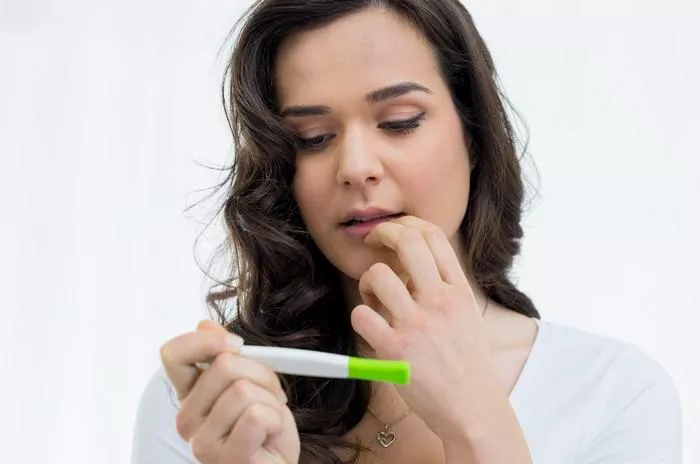Entering the realm of fertility can feel like embarking on a journey filled with twists and turns, especially for individuals approaching or already in their thirties. There’s a common belief that getting pregnant after the age of 30 becomes increasingly challenging, but how much truth lies behind this notion? In this article, we’ll explore the realities of fertility after 30, debunking myths and shedding light on the factors that influence the likelihood of conception.
Dispelling Myths: Breaking Down the Notion
The idea that fertility drastically declines after the age of 30 is a pervasive myth that has been perpetuated over time. While it’s true that fertility does decline with age, the extent of this decline and its impact on a woman’s ability to conceive varies from person to person. It’s important to recognize that age is just one of many factors that influence fertility, and individuals in their thirties can still conceive successfully with proper planning and care.
Analogous to a River: Navigating the Flow
Think of fertility as a river, with its ebbs and flows influenced by a variety of factors. In your twenties, the river may flow smoothly, with a higher likelihood of conception and fewer obstacles in the way. As you enter your thirties, the river may encounter some rapids, requiring a bit more navigation and strategy to reach your destination. However, with the right approach, the journey can still be successful.
Understanding Biological Realities: The Impact of Age
It’s important to acknowledge that age does play a role in fertility, particularly for women. As women age, the quantity and quality of their eggs decline, making it potentially more challenging to conceive and increasing the risk of pregnancy complications. However, this decline is gradual and varies from person to person. While fertility may decline slightly in the early thirties, the most significant decline typically occurs after the age of 35.
Navigating the Landscape: Factors That Influence Fertility
While age is a significant factor in fertility, it’s not the only one. Other factors that can influence fertility include overall health, reproductive history, lifestyle factors, and underlying medical conditions. For example, maintaining a healthy weight, avoiding tobacco and excessive alcohol consumption, and managing chronic health conditions can all positively impact fertility outcomes.
Analogous to a Garden: Tending to Your Fertility
Consider fertility as a garden that requires careful tending and nurturing. Just as you would cultivate a garden by providing the right conditions for growth, you can optimize your fertility by prioritizing your health and well-being. This may involve maintaining a balanced diet, staying physically active, managing stress, and seeking regular medical check-ups.
Exploring Treatment Options: Empowering Choices
When facing challenges with fertility, individuals in their thirties have a range of treatment options available to help them achieve their goal of starting a family. These treatments vary in complexity and are tailored to each individual’s unique situation.
One common treatment option is ovulation induction, which involves the use of medication to stimulate ovulation. This approach is often recommended for women who have irregular menstrual cycles or ovulatory disorders. By promoting the release of eggs from the ovaries, ovulation induction increases the chances of conception during intercourse.
Intrauterine insemination (IUI) is another option that may be considered. During an IUI procedure, sperm are washed and concentrated before being inserted directly into the woman’s uterus around the time of ovulation. This method can help overcome certain fertility issues, such as low sperm count or cervical mucus abnormalities, by bypassing potential barriers to fertilization.
Conclusion: Navigating Fertility After 30 with Knowledge and Optimism
In conclusion, while it’s true that fertility may decline slightly after the age of 30, the notion that it becomes significantly harder to conceive is not entirely accurate. By understanding the factors that influence fertility and taking proactive steps to optimize health and well-being, individuals in their thirties can still achieve their dreams of starting a family. By navigating the landscape of fertility with knowledge, optimism, and a willingness to explore all available options, the journey can be one of hope and possibility.
[inline_related_posts title=”You Might Be Interested In” title_align=”left” style=”list” number=”6″ align=”none” ids=”1768,1771″ by=”categories” orderby=”rand” order=”DESC” hide_thumb=”no” thumb_right=”no” views=”no” date=”yes” grid_columns=”2″ post_type=”” tax=””]
























